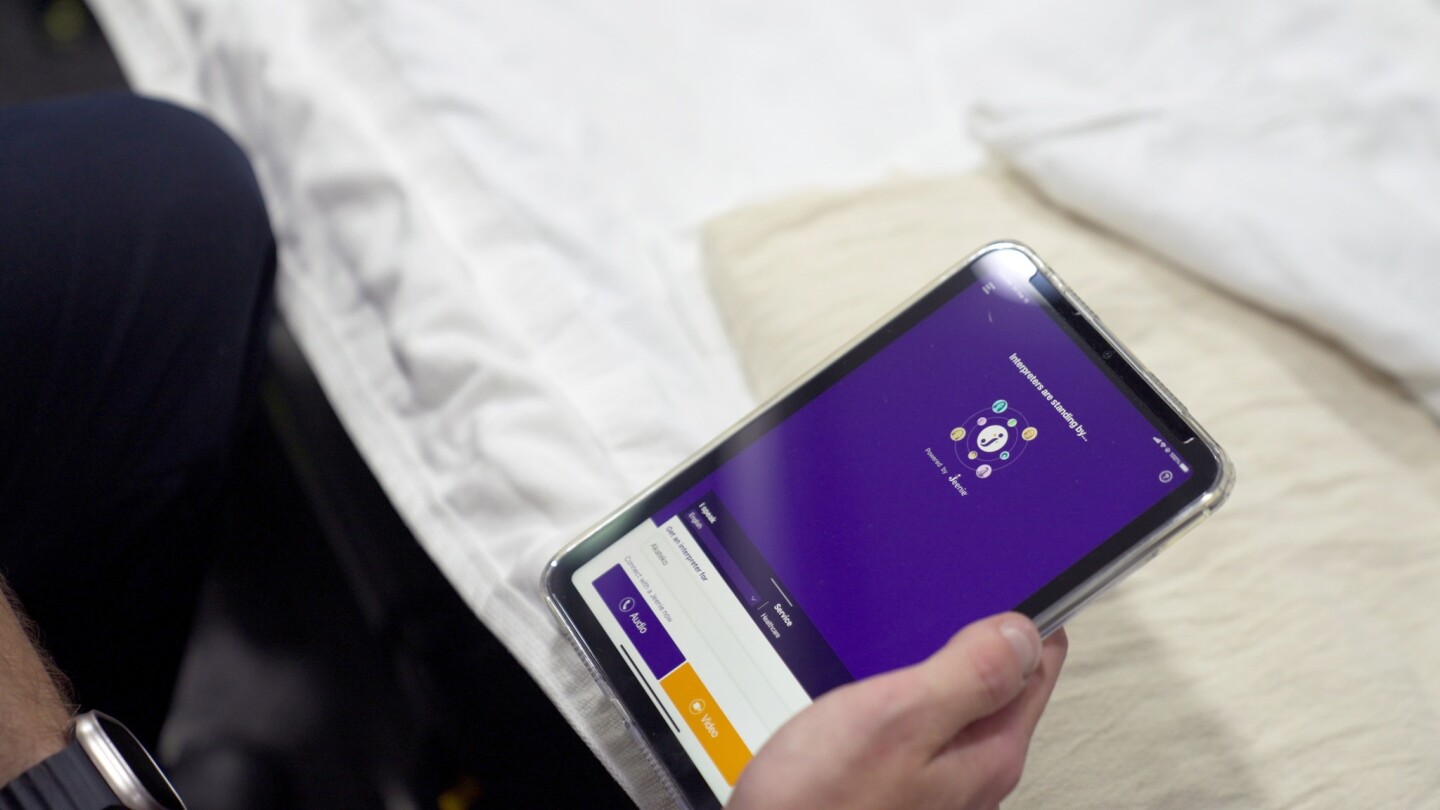Telemedicine
Often, transportation is a barrier to receiving healthcare, which means EMS become that transportation even when the medical problem itself is non-urgent. Telemedicine, using technology to connect patients to healthcare practitioners remotely, can be used to triage patients, decreasing non-emergent ambulance transports, or to enable a higher level of care when access or distance prevent physical assessment.
Blending technology and human-driven care to navigate language barriers and make the scene safer
The state-of-the industry survey focuses on wellness, career development and satisfaction in EMS
The rising adoption of telemedicine is increasing the use of pulse oximeters, blood pressure monitors, temperature monitoring devices and glucose monitoring devices for remote patient monitoring
Communication is critical to ensure that emergency department resources are available and ready for your patient
With the advent of new technology come questions about how it should be regulated to ensure that patients receive the same quality of care
EMS Products
Augmented reality, with heads-up display devices and conductive swath devices, has the potential to improve patient assessment and care
Corey Showers’ stroke symptoms were recognized by a fellow firefighter and confirmed by a remote neurologist using a telemedicine robot
EMS medical directors discuss integrated health care programs to serve frequent 911 callers at Gathering of Eagles
Networked video technology is making it increasingly easy to connect patients at rural hospitals and incident scenes with specialist physicians
More than just cameras, telemedicine ‘carts’ connect rural areas to doctors
From the NIH to the Cincinnati stroke scale, RACE or the Los Angeles Motor Score, stroke scales are a work in progress
MedEx is the first in the country to implement the telemedicine technology on ambulances
How will telemedicine’s growing popularity impact ground and air ambulance transports in rural areas?










